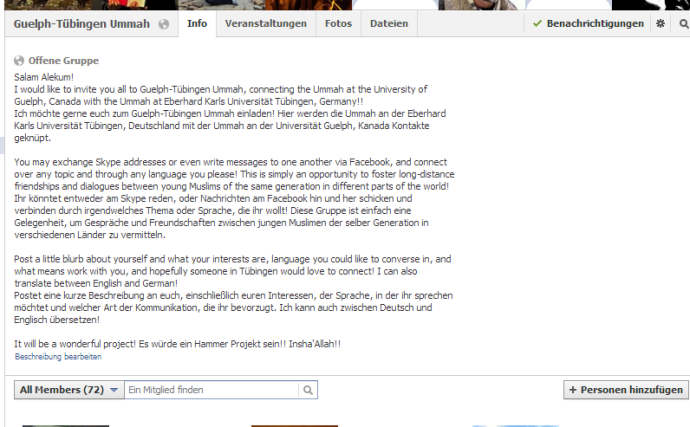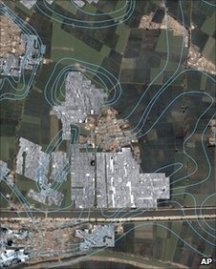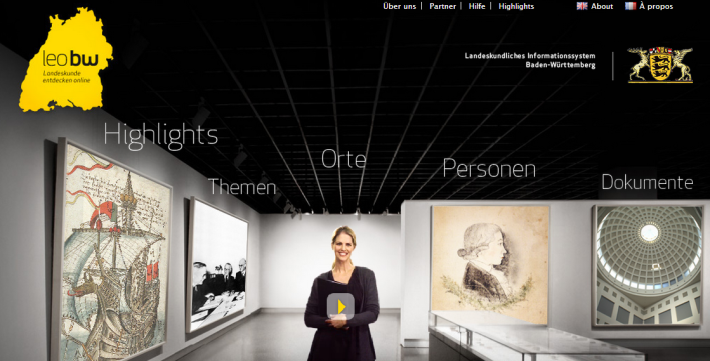I have to say, I am thoroughly impressed by Spencer’s project thus far. Spencer is creating a website using Omeka software to document the history of the Guelph neighbourhood known as “The Ward”. His presentation started off with a slideshow documenting his work thus far featuring pictures of The Ward he took himself.
Spencer has undertaken an extensive amount of research from sources such as the Guelph Mercury (from where he self-digitised many of his sources), the city of Guelph (using sources such as Assessment Rules), the Guelph Historical Society, Guelph Civic Museum, and the University of Guelph Libary Archives. He has collected a plethora of primary source documents, from photos to news articles, personal accounts, and municipal formal documents, to build an online gallery of several exhibits featuring 4 specific collections of fascinating stories out of The Ward. His project is being hosted on this Omeka-designed website, as well as an external interactive map from Google Earth, and website space from the University of Guelph Host site.
Spencer has laboured intensively on this project, and I believe it showed today in his presentation and what he had to talk about. Spencer even dealt with such setbacks as having his computer crash when working with many large files, loosing the information he had gather up to that point. However, he has since recovered his lost work and continued to add to it. Spencer indicated that this project has been a heavy time committment, with most of his time allocated towards research. Within the last week, he has dived into unfamiliar territory with the development of his website and online aids. His work with Google Earth has an Image Overlay to layer Ward maps, and the link to this interactive map is connected to his main project site. The images and text on his site required several hours of manipulation and even the acquisition of photos themselves had proved a little challenging as some databases- such as the Wellington County Archives- wanted to charge him upwards of $7/photo.
I look forward to seeing his final project: I actually cannot wait!!!!!!!! I think it is really unique and as a city that I love, I am personally fascinated by Guelph’s local history. I think one major strength Spencer’s project has is its reporting of interesting stories which many do not know about. One example featured in his collection is entitled “Psychedelic Iron”, which is about the hippie squater camp in the Northern Rubber Company building from 1990-1998. The squater camp was the home of the Assembly of the Church of the Universe, a drug-using nudist community founded by a former leader of the Saskatchewan Liberal Party. That’s so cool and hilarious!


